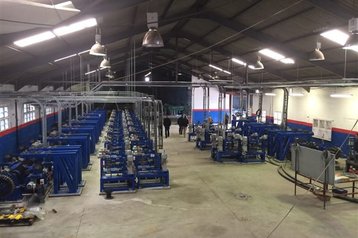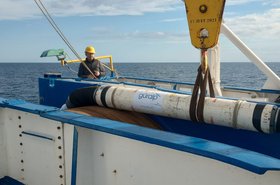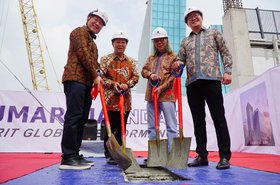Mertech Marine has been selected to decommission the Japan-US (JUS) submarine cable system.
The JUS cable was mostly retired in July 2023, 22 years after it was first deployed.
JUS spans 21,000 km, and has landing points at Shima, Maruyama and Kitaibaraki in Japan, and Makaha, Hawaii; Point Arena, California; and Morrow Bay, also in California.
The only remaining operational segment of the cable is that connecting Hawaii to California, known as Japan-US S1.
Operations started on JUS in August 2001, at the time with a design transmission capacity of 640 Gbps and starting operation of 80 Gbps with two lit fiber pairs. In total, the cable had 4 fiber pairs. In March 2008, it was upgraded to be capable of 1.28 Tbps.
According to a LinkedIn post by Mertech Marine, the company tasked with decommissioning, the process will include the "recovery and recycling of shore ends in both Japan and the USA, and the removal of spare cable from the associated cable storage depots."
Mertech Marine has decommissioned 20,000km of out-of-service subsea cables. The company's website says that it has a factory that provides a fully mechanical dismantling facility that breaks the out-of-service cables down to its component parts in an environmentally friendly way that does not involve smelting. The company has three ships in its fleet for cable decommissioning: MV LIDA, MV LAYLA, and MV ANIEK.
The company also has a "substantial amount of out-of-service submarine telecommunication cables" that are being kept for when technology allows the reuse of cables.
Most subsea cables are designed to have a 25-year life, slightly more than the Japan-US cable has managed. The decision to decommission cables is often not due to them no longer being operational, but becoming economically obsolete and unable to compete with new cables in service.
According to Submarine Cable Networks, seven other cables currently connect the West Coast of the US to Japan: PC-1, TGN-Pacific, TPE, Unity, Faster, NCP, and Jupiter.







